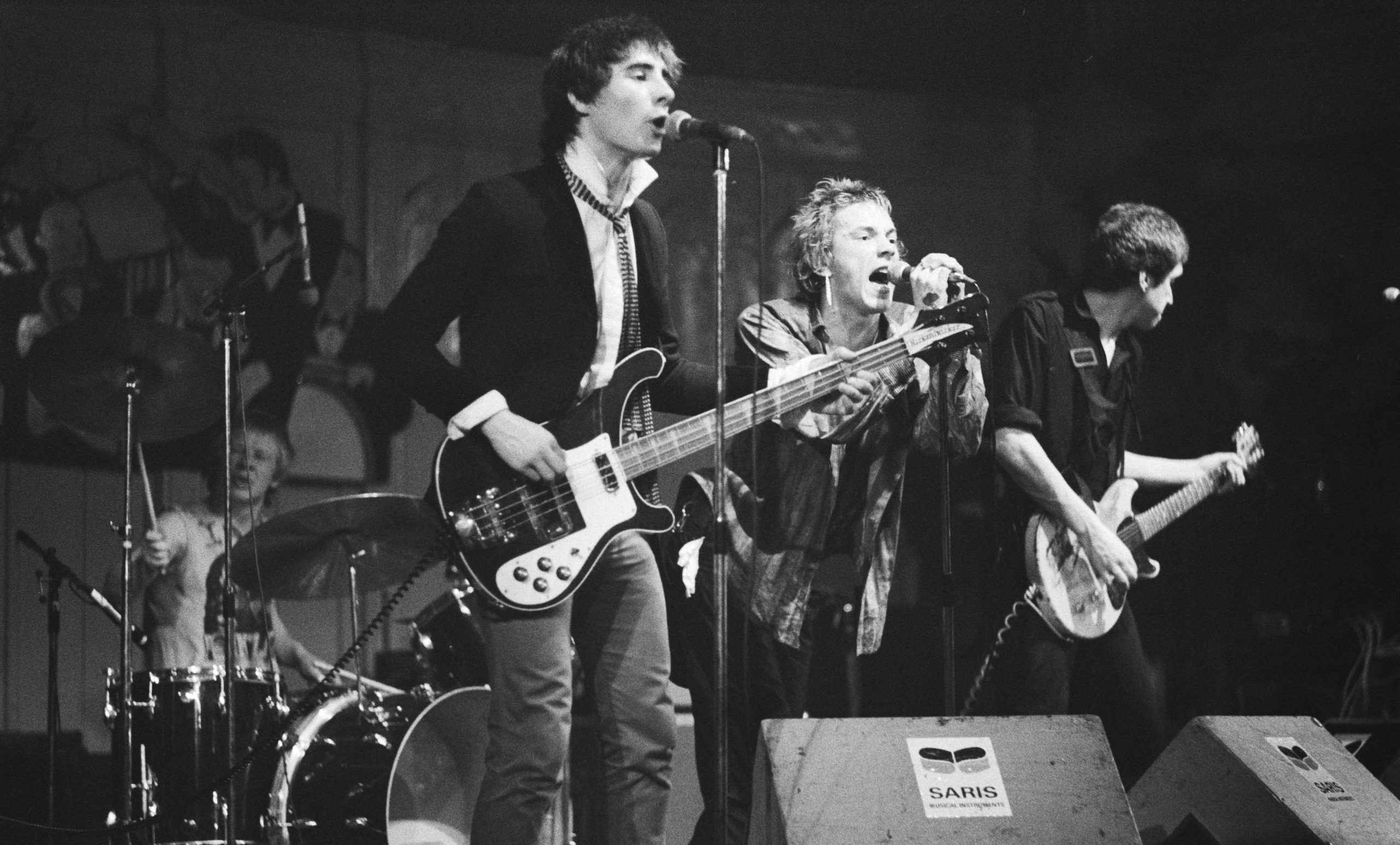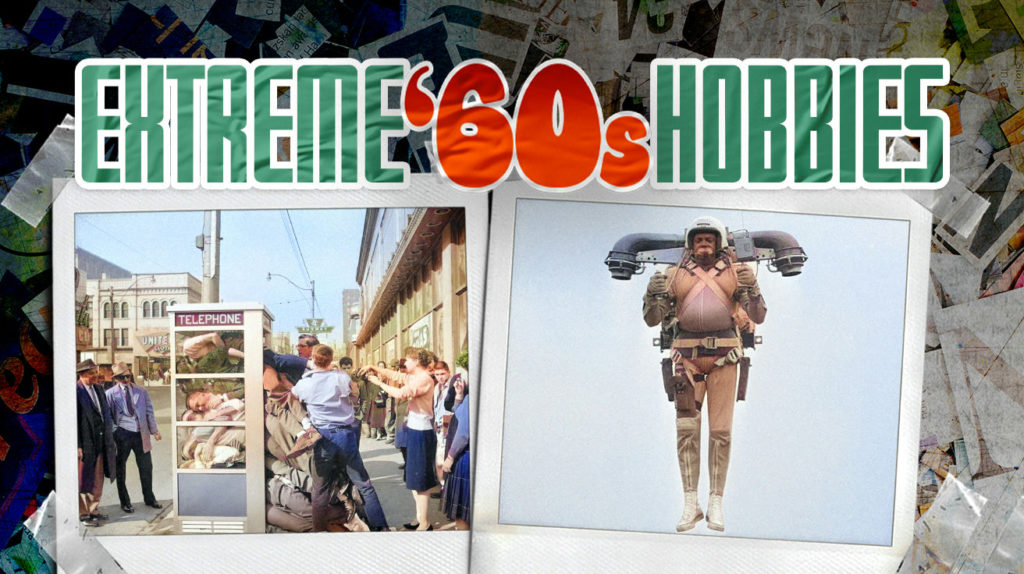
Step into the 1960s and you’ll find more than peace signs and protest marches. Beneath headline-grabbing social movements lurked bizarre recreational pursuits that would make today’s helicopter parents reach for smelling salts. These weren’t just hobbies—they were unregulated experiments in human endurance that passed as entertainment before liability waivers became thicker than phone books.
The pastimes that follow weren’t isolated incidents but cultural phenomena that swept through communities like fever dreams. From mechanical demolition disguised as athletics to human sardine-can challenges, Americans have always risked bodily harm for spotlight moments.
10. Auto Polo
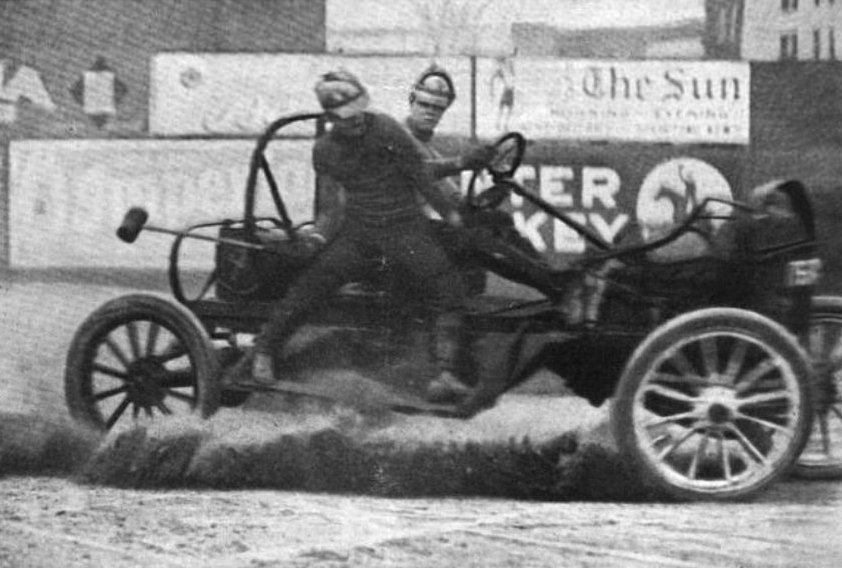
Invented by Ralph “Pappy” Hankinson in 1911 as a publicity stunt to boost Ford Model T sales, auto polo transformed fairgrounds into vehicular battlefields. The first official match took place in 1912, introducing Americans to a contest where stripped-down automobiles charged across fields while mallet-wielding passengers attempted scoring amid inevitable collisions.
The spectacle spread through county fairs like controlled chaos, drawing crowds hungry for automotive carnage masquerading as competition. What began as a marketing gimmick became legitimate amusement until the late 1920s. While fatalities were rare, the costly vehicle damage and insurers’ refusal to cover participants eventually doomed the pastime. Auto polo vanished thoroughly from American recreation, leaving only sepia-toned photographs resembling battlefield documentation.
9. Telephone Booth Stuffing
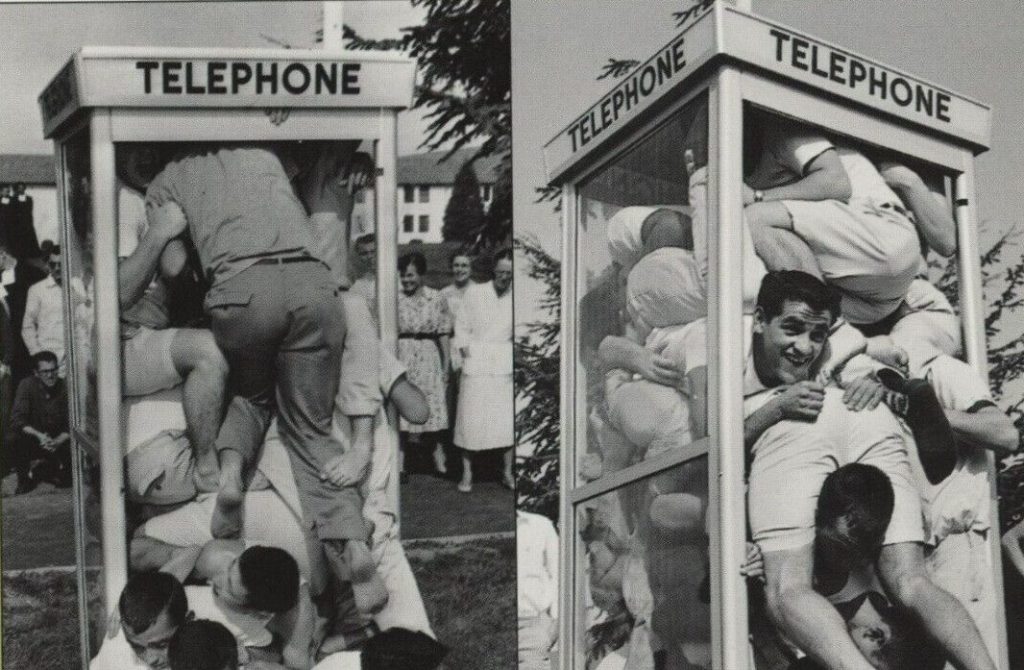
College campuses erupted with a peculiar form of mass compression challenges following World War II. Telephone booth stuffing turned ordinary communication equipment into sardine can simulators as students competed for human packing records. By 1959, the phenomenon had gone international, with South Africa’s Durban YMCA cramming 25 people into a single booth.
The mathematical puzzle of maximum human density became a global obsession, with universities worldwide competing for a record nobody cared about months earlier. Phone companies watched their infrastructure being stress-tested without compensation while administrators worried about liability. The fad eventually collapsed under its own weight, leaving behind oddly specific university records never to be challenged again.
Some of these extreme hobbies were little more than fleeting crazes, joining the ranks of 15 forgotten fads from the 1960s that disappeared almost as quickly as they arrived.
8. Rocket Belt Flying
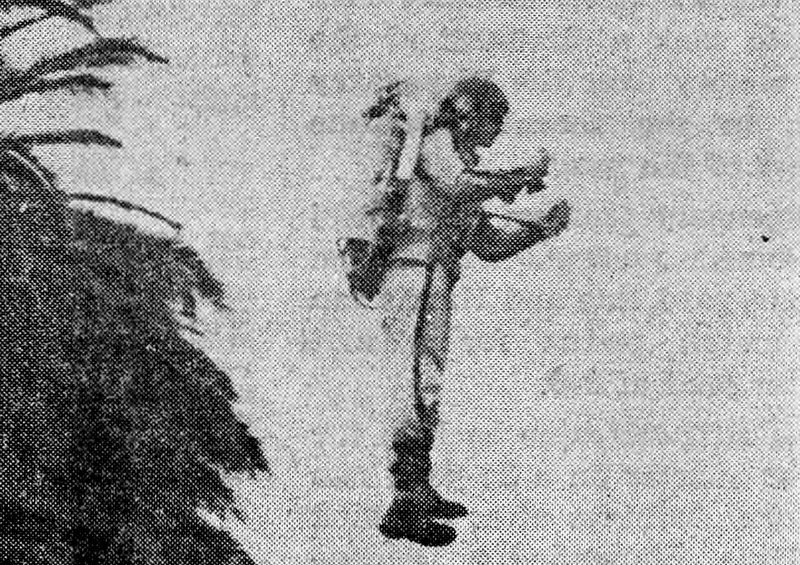
The Cold War space race produced recreational fallout in personal jetpacks. Bell Aerosystems developed their Rocket Belt in the mid-1950s, achieving the first untethered flight in 1961. These hydrogen peroxide-powered contraptions allowed users approximately 21 seconds of flight time while carrying enough fuel to make spontaneous combustion a constant companion.
These devices burned through approximately five gallons of hydrogen peroxide per flight, making them gas-guzzling SUVs of personal transportation. Military officials eagerly watched Pentagon demonstrations while Hollywood immortalized the technology in “Thunderball.” Despite decades of development, rocket belts remain trapped in the same technological cul-de-sac as flying cars—permanently 20 years in the future.
7. Trapeze Diving
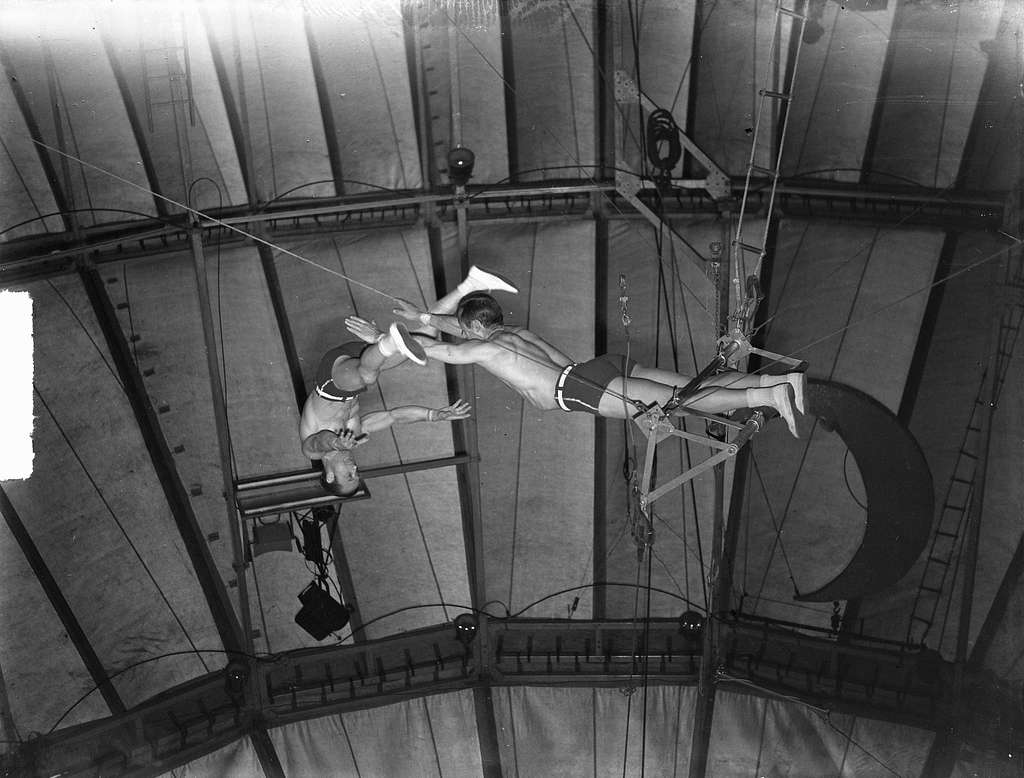
Jules Léotard first astonished Parisian audiences on November 12, 1859 at the Cirque Napoléon, unveiling the world’s inaugural flying-trapeze act. Eschewing nets for padded safety rigs, he combined aerial daring with theatrical flair—laying the groundwork for a discipline where every release and catch balanced on the razor’s edge between grace and calamity.
Water provided a forgiving landing surface compared to traditional circus floors, though “forgiving” remains relative when hitting incorrectly at speed. Trapeze diving sits at the intersection of calculated danger and theatrical performance—each move choreographed to appear more threatening than practitioners would admit.
Modern circus schools offer sanitized versions with safety harnesses, converting a life-risking profession into weekend diversions for adventurous vacationers through domesticated thrills that don’t require funeral arrangements.
6. Surfing on Car Roofs
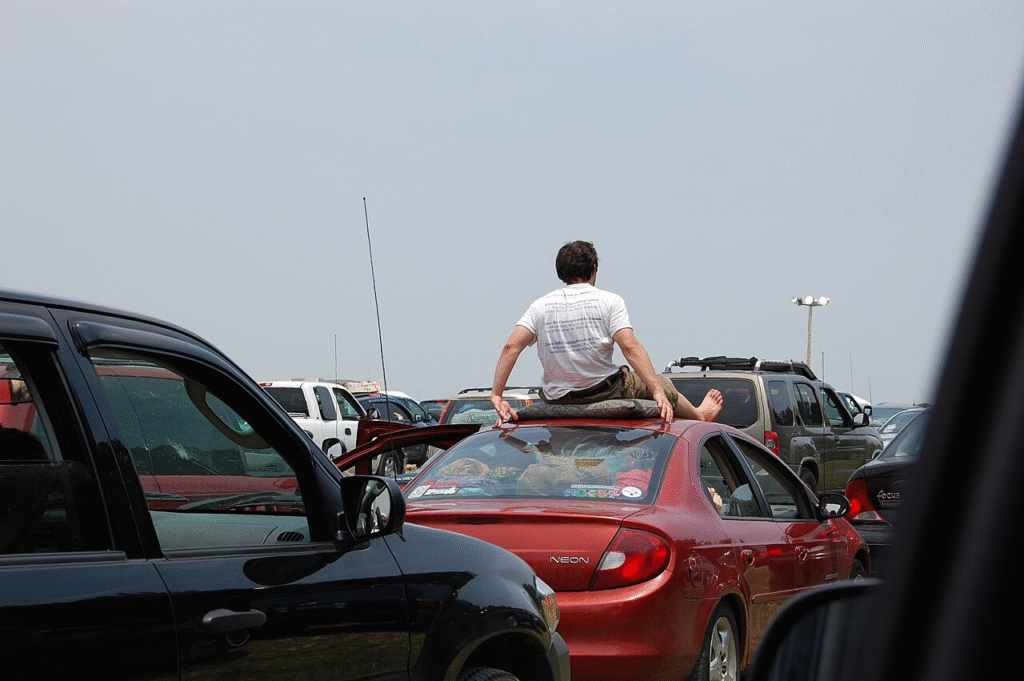
The term “car surfing” entered American vocabulary in the mid-1980s, though teenagers had recklessly balanced atop moving vehicles since automobiles became accessible to young drivers. This foolhardy stunt involves riding vehicle exteriors while friends drive with judgment typically associated with adolescent brain development.
Statistics reveal the grim reality behind what daredevils considered harmless fun. Between 1990 and 2008, researchers documented 58 deaths from this phenomenon, predominantly among youths aged 15-19. These weren’t professional stunt performers but ordinary teenagers convinced of their exceptional balance and luck.
Law enforcement eventually prioritized stopping these mobile tragedy factories, implementing campaigns that treated car surfing as attempted suicide rather than recreation. Many of these risky thrills now seem unimaginable, but they’re just a few of the wild things you remember if you grew up in the 1960s.
5. Human Dart Boards

Carnival showmanship once pushed boundaries that would trigger immediate shutdowns today. The human dartboard act gained mainstream visibility during the 1990s alternative entertainment revival, when the Jim Rose Circus popularized it alongside other sideshow performances testing audience comfort levels as much as performer skill.
This spectacle descends from traditional carnival knife-throwing acts, where assistants stood against boards while performers demonstrated accuracy with sharp implements. The updated version replaced knives with darts, though the fundamental question remained unchanged: how much do you trust someone else’s aim when mistakes involve puncture wounds?
The exhibition exemplifies how amusement standards evolve—what once qualified as family weekend diversion would now trigger immediate liability concerns and venue cancellations in today’s highly controlled environments.
4. Underwater Hockey (Octopush)
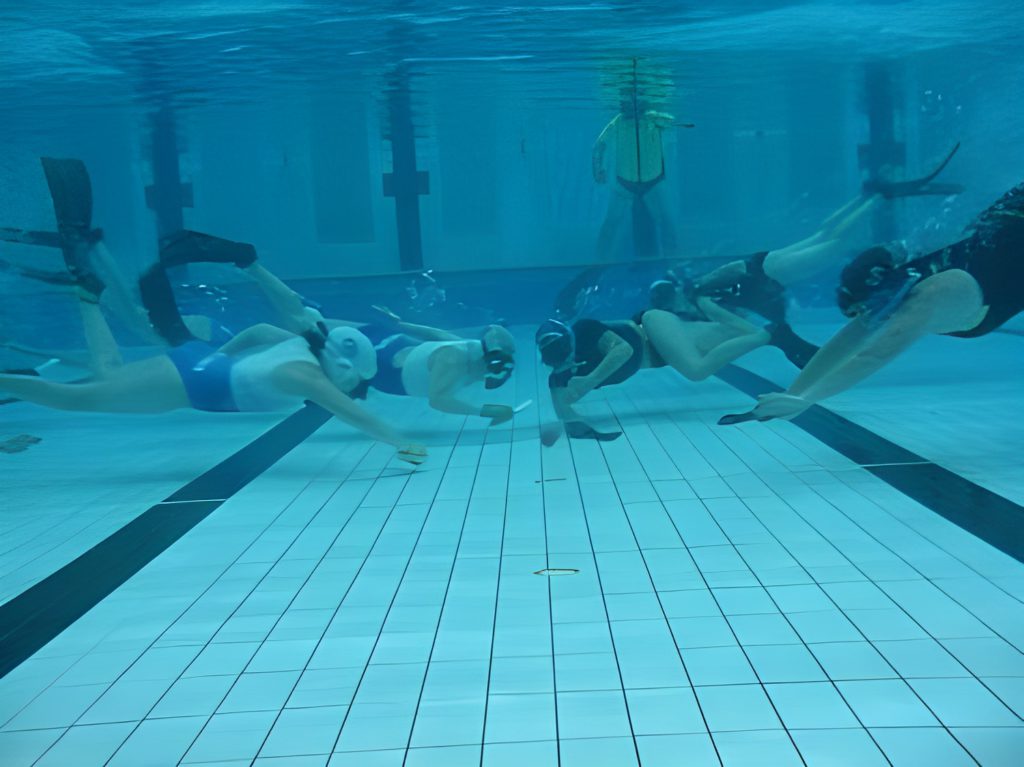
On November 18, 1954, British diver Alan Blake invented a solution to seasonal challenges facing Portsmouth’s diving club. Originally called “Octopush,” underwater hockey gave divers winter training options without hypothermia while maintaining skills needed for summer underwater expeditions.
Players use short sticks to push weighted pucks across pool bottoms while remembering that breathing remains non-optional for continued involvement. Unlike most entries on this list, underwater hockey developed legitimate sporting infrastructure with standardized rules and international tournaments.
The game remains active worldwide, particularly in the UK, Australia, and South Africa, attracting enthusiasts who appreciate competing where visibility, communication, and oxygen create constant strategic variables. British athletes quietly created a legitimate contest that continues thriving globally while Americans busied themselves with phone booth cramming.
3. Skydiving Without Parachutes (Delayed Chute Deployment)
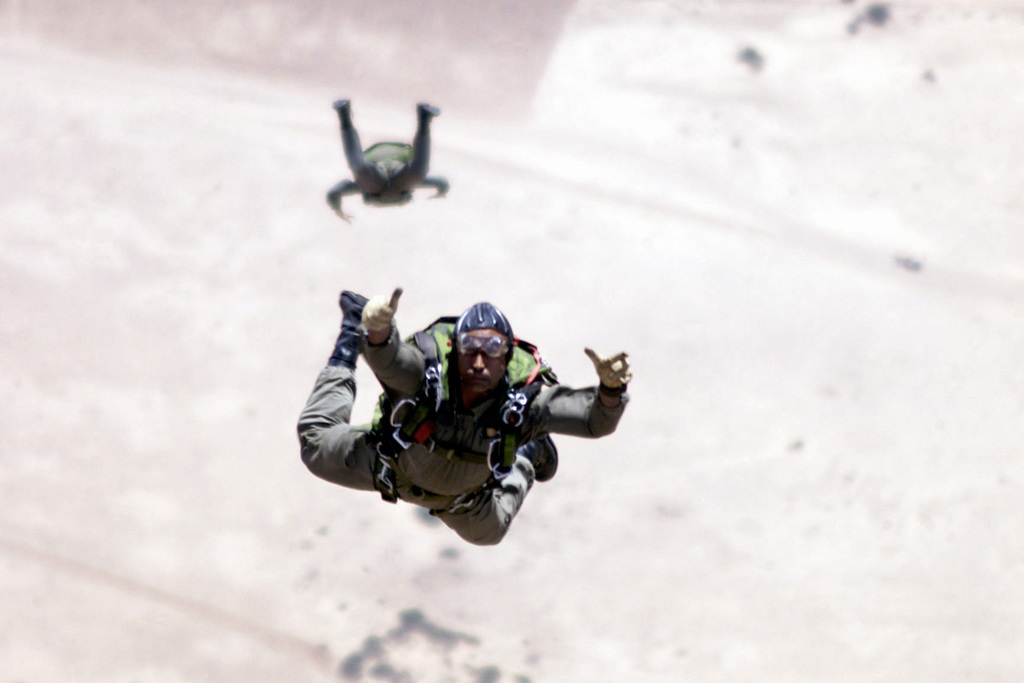
Conventional skydiving apparently offers insufficient adrenaline for some thrill-seekers, leading to variations that push physiological and equipment limits. While no organized “delayed deployment” competition exists, individual skydivers occasionally pursue increasingly technical jumps showcasing skill within established protection parameters rather than deliberate death-defiance.
Aviation authorities establish strict minimum deployment altitudes based on extensive accident investigation data. Modern skydivers benefit from equipment reliability with redundant systems and automatic activation devices that deploy reserve parachutes at preset heights.
Plummeting toward earth at terminal velocity, the difference between life and death comes down to gear reliability and split-second timing – explaining why professionals approach danger through calculation rather than bravado in this exhilarating aerial adventure.
2. Firewalking Competitions
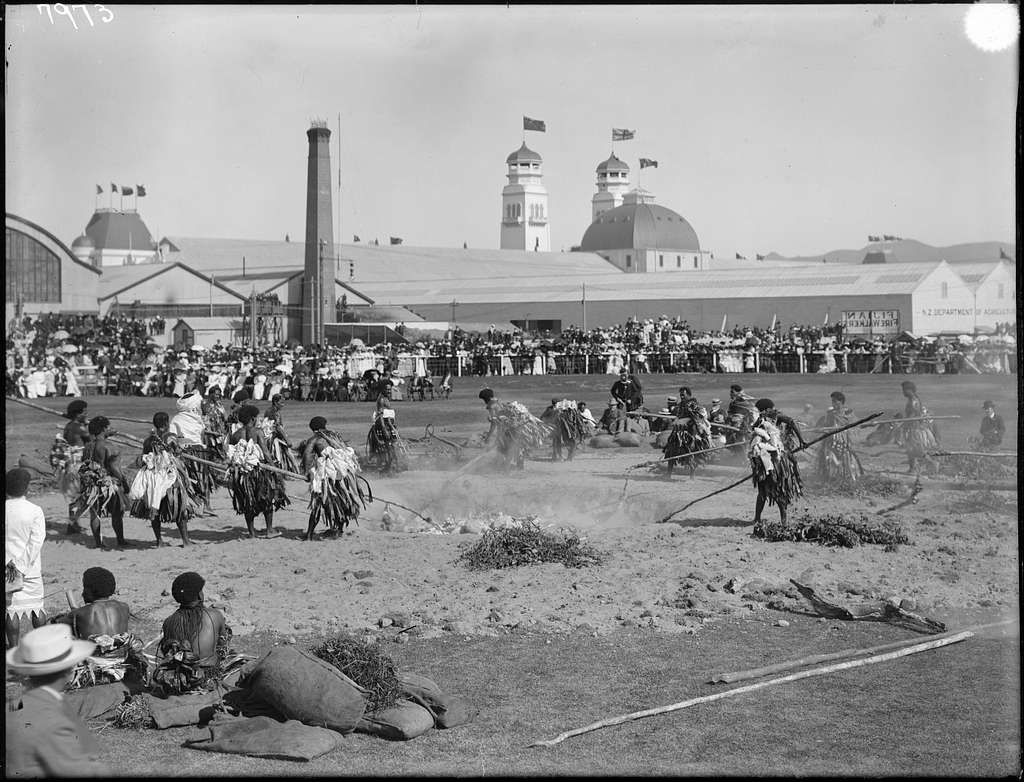
Firewalking journeyed from ancient ritual contexts to Western personal development seminars. Traditional firewalking demonstrates mental discipline through barefoot coal-walking, with participants focusing on spiritual transcendence rather than speed records or distance competitions.
No historical evidence supports underground 1960s speed contests across burning coals. Modern firewalking appears primarily in two contexts: traditional ceremonies and motivational workshops promising personal growth. The demonstration generates endless debates about whether success demonstrates psychological mastery, exploitation of physics, or another example of humans turning perilous situations into metaphors.
Whether crossing coals in ancient religious ceremonies or corporate team-building retreats, participants seek psychological transformation – proof they can overcome perceived limitations through mental discipline and possibly scientific ignorance.
1. Lava Walking
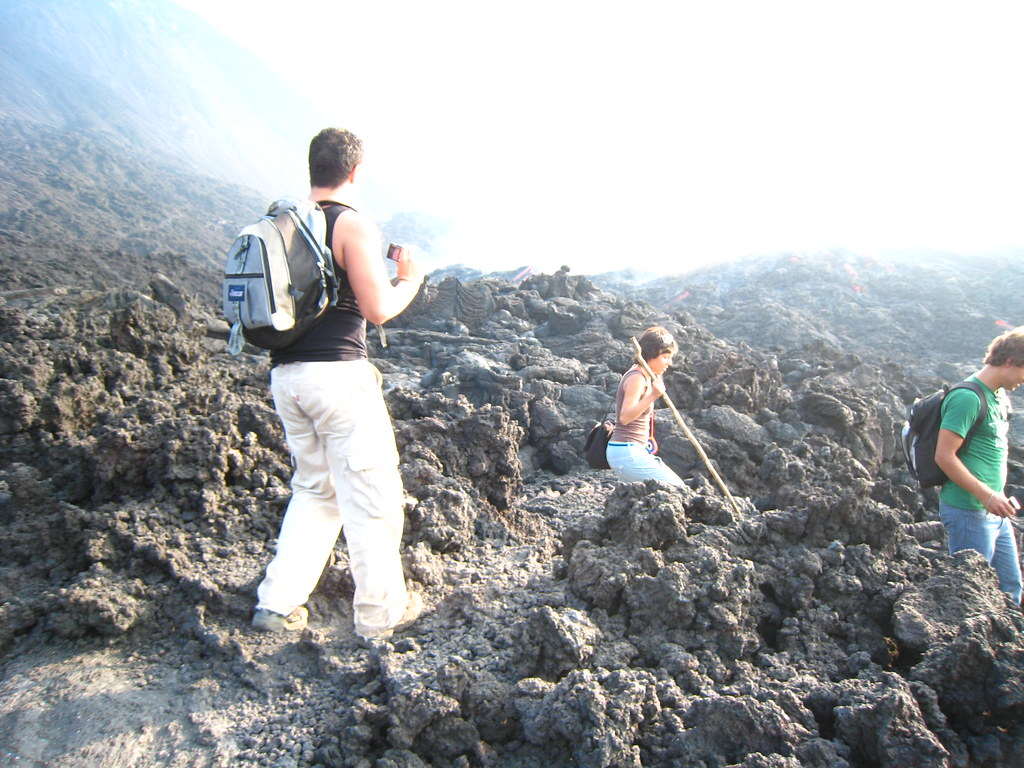
National parks containing active volcanic features struggle balancing visitor access against protective concerns. While no recognized recreational challenge involves deliberately walking on active lava flows, park rangers regularly contend with visitors attempting unauthorized access to dangerous zones.
The primal fascination with molten earth draws tourists perilously close to active flows, creating ongoing challenges for officials protecting visitors from nature’s most spectacular hazard. Park authorities maintain strict perimeters, recognizing that surface appearances mask underlying dangers including instability, toxic gases, and temperatures exceeding 1,300 degrees.
Confronting an active flow that melts hiking boots on contact, even determined thrill-seekers typically reconsider their approach – some dangers need no warning signs to effectively communicate their message.







